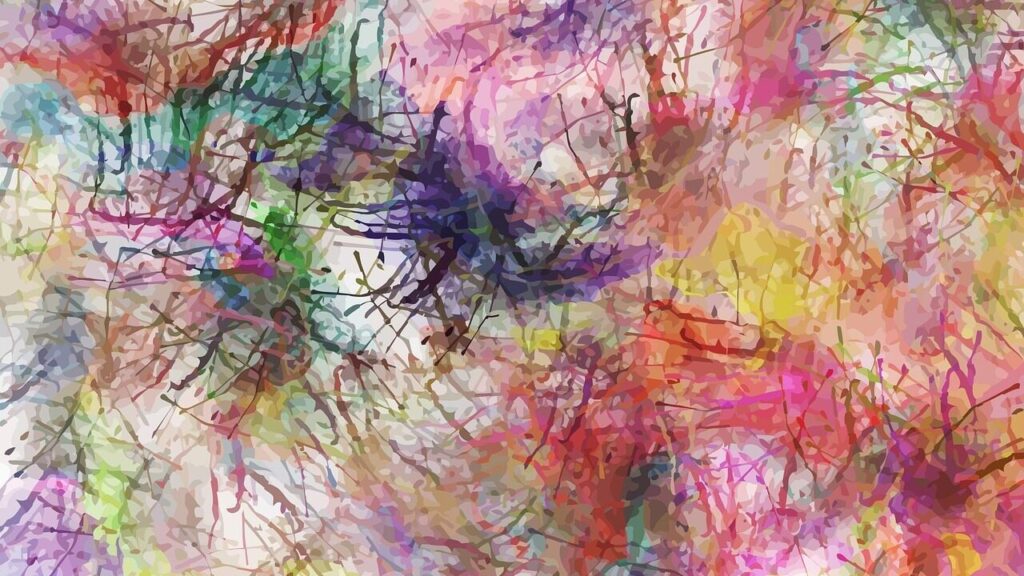You know, when it comes to therapy, it’s like trying to untangle a ball of yarn sometimes—it’s always a bit messy, isn’t it? The process itself, oh, it’s hardly ever a straight line. It’s more like a winding road with unexpected twists and turns. But you know what? That’s okay. Bringing emotions into any equation tends to make things messy, roundabout, and sometimes downright hard. Yet, therein lies the beauty of therapy—it’s not meant to be clear-cut. It’s meant to challenge us, to push us outside of our comfort zones, to help us navigate through those messy emotions and thoughts.
The Courage to Begin Therapy
You’ve got to hand it to anyone who takes that step to go to therapy. It takes real courage, you know? It’s not always easy to confront our innermost feelings, to peel back those layers and expose our vulnerabilities. But here’s the thing—therapy is meant to be relieving. It’s like finally taking a deep breath after holding it in for so long. It’s about finding that safe space to unpack, to explore, and ultimately to heal. So, yes, while it may be messy and challenging, the journey through therapy is ultimately one of self-discovery and growth.
Unmasking and Embracing Authenticity
Working with many clients, I have noticed that we spend our lives masking, muting, and dissociating from our authentic selves and our emotions. It’s a coping mechanism, a survival tactic in a world that often demands conformity. But the process of therapy is about turning towards our authentic selves and our emotions, which can be incredibly scary when we’re not used to it. It’s like stepping into the unknown, confronting parts of ourselves that we’ve long ignored or buried.
At first, it can trigger a feeling of being hypersensitive and hyper-aware, almost like we’re raw to the world in a way we’ve never been before. This newfound vulnerability can be unsettling, overwhelming even. We may find ourselves grappling with emotions we didn’t even know we had, struggling to make sense of long-suppressed emotions and experiences that are now surfacing.
Developing Resilience and Self-Compassion
But over time, something remarkable happens. We begin to develop resilience, a kind of strength that comes from fully facing the world as our authentic selves and from facing ourselves finally. It’s a courage born out of vulnerability, a willingness to embrace our imperfections and own our truth. As we feel into ourselves more consistently in therapy, we become more tolerant of our messy emotions.
It helps to know that through therapy, we’ve developed tools to deal with this overwhelm. One of the most powerful tools is self-compassion. It’s about being kind to ourselves, especially when we don’t have it all figured out. Because let’s face it—perfect does not exist. We’re all flawed, messy beings, stumbling through life as best as we can. And that’s okay.
Embracing Our Humanity
It’s all too common to be excessively hard on ourselves whenever we make a mistake. Society often perpetuates the myth of perfection, leading us to believe that anything less is a failure. This relentless pursuit of flawlessness leaves little room for compassion towards ourselves. Yet, embracing our humanity means accepting that mistakes are inevitable and an integral part of the learning process.
Improving at self-compassion involves learning to go easy on ourselves and honoring our limits. It requires acknowledging our humanity and embracing the full spectrum of our experiences, both positive and negative. By treating ourselves with the same kindness and understanding we would extend to a friend, we create a foundation for resilience and growth.
Beyond that, improving at self-compassion is about more than just offering ourselves kindness in moments of struggle. It’s about wholeheartedly embracing the richness and beauty of the human experience, even when it’s messy and imperfect. In allowing ourselves the space to make mistakes and stumble, we create fertile ground for growth and creativity.
The Wisdom in Embracing Messiness
There’s a profound wisdom in acknowledging the inherent messiness of life. It’s within this chaos that we discover our resilience and capacity for transformation, that we connect to our creative fire. Every setback becomes an opportunity for learning, and every challenge a chance to uncover our strengths.
Yet, when we numb ourselves to the full spectrum of human emotions, we inadvertently dampen our connection to our creative essence. Emotions, both the pleasant and the painful, fuel our creativity and inspire innovation. By numbing ourselves to discomfort, we risk extinguishing the very spark that drives our ingenuity.
In embracing self-compassion, we invite all of our emotions to the table, recognizing them as integral parts of our human experience. Rather than seeking to avoid or suppress them, we learn to hold them with gentleness and curiosity. In doing so, we rekindle our creative fire, drawing inspiration from the depths of our emotions and the richness of our experiences.
Unlocking Creativity Through Self-Compassion
It’s through this embrace of our humanity, with all its imperfections and complexities, that we unlock the full potential of our creativity. By honoring our emotions and practicing self-compassion, we cultivate a fertile ground for innovation, growth, and authentic self-expression.
As Hunter S. Thompson once said, “Life should not be a journey to the grave with the intention of arriving safely in a pretty and well-preserved body, but rather to skid in broadside in a cloud of smoke, thoroughly used up, totally worn out, and loudly proclaiming ‘Wow! What a Ride!'” Therapy is our ticket to that wild ride, a journey of self-discovery and growth that challenges us to embrace the messiness of life in all its glory.
Therapy isn’t about fixing ourselves or achieving some unattainable state of perfection. It’s about embracing our humanity, with all its flaws and imperfections, and learning to love ourselves in spite of—and perhaps because of—them. So here’s to therapy, to the messy, winding road of self-discovery, and to the courage it takes to embark on that journey. Wow, what a ride indeed.


